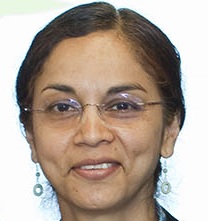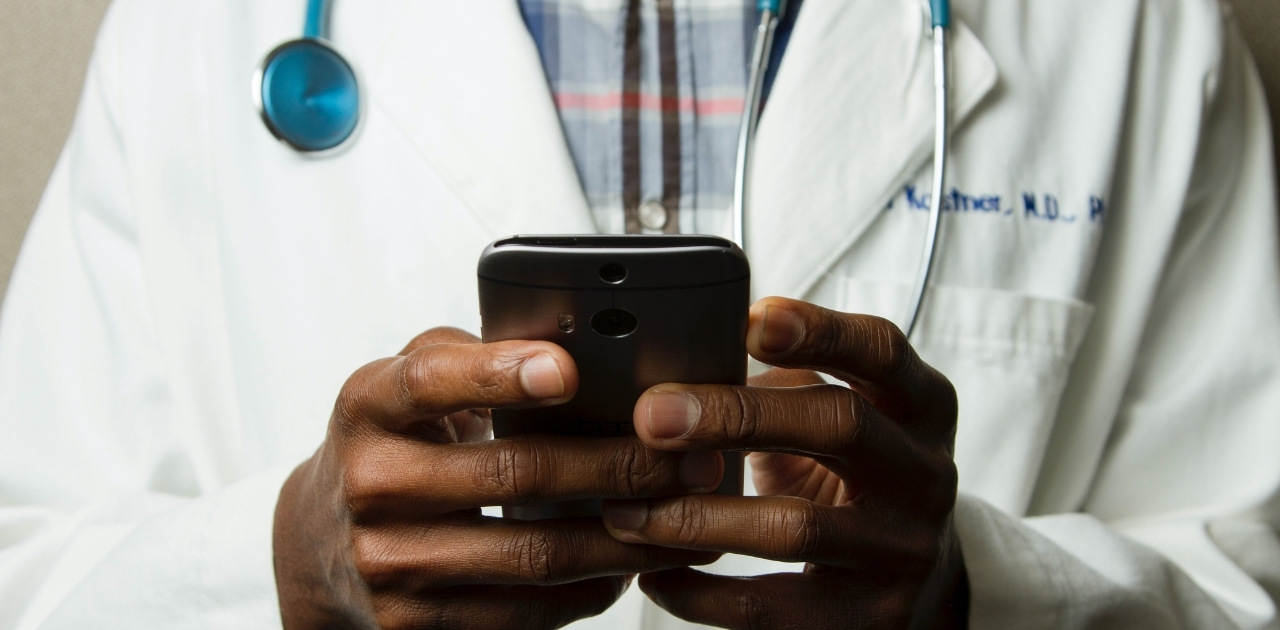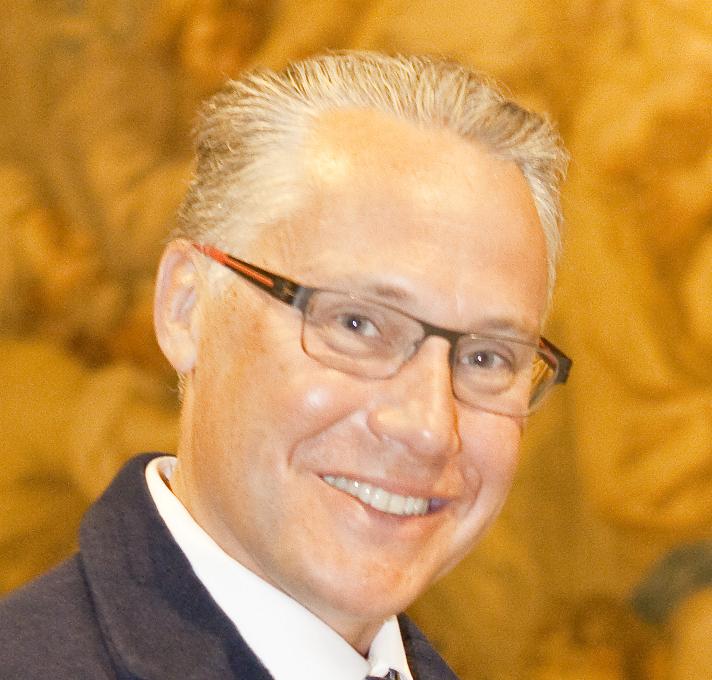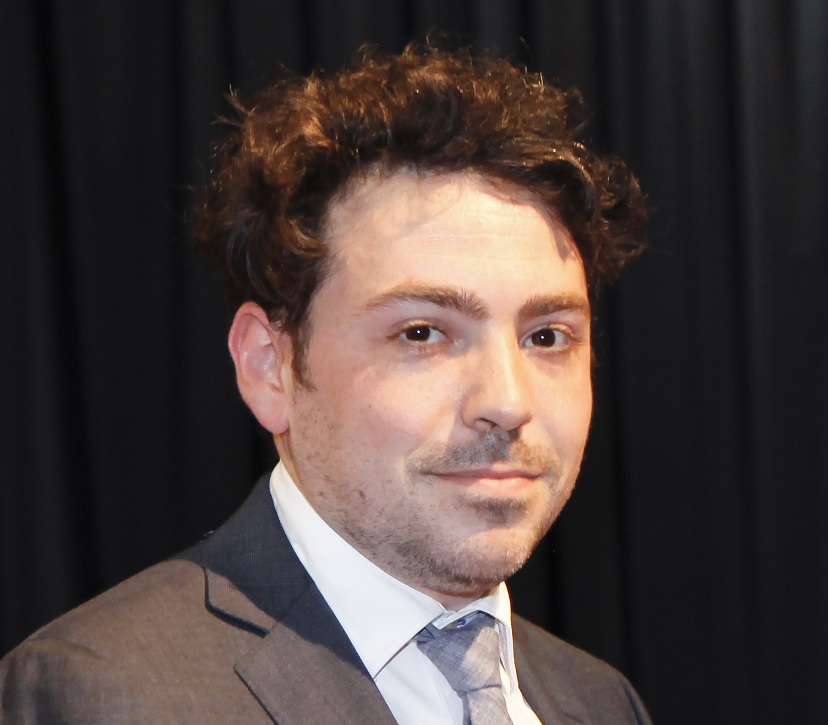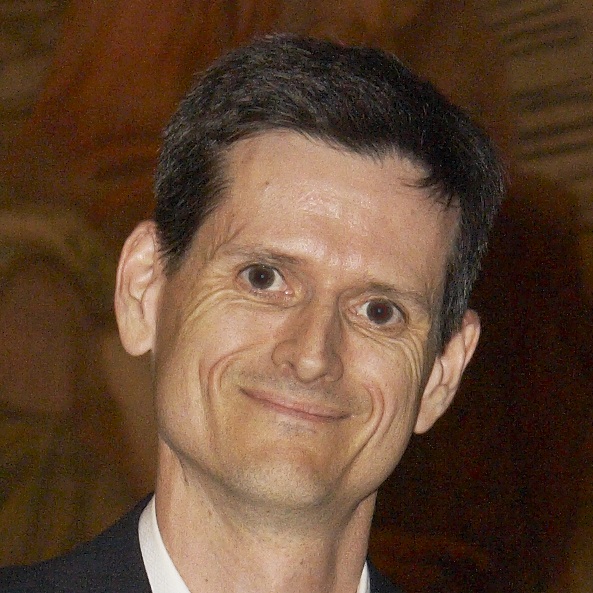
Search
03 Nov October e-Newsletter 2021
...brain research today Everything you need to know about brain donation More than 1 in 10 Australians are registered organ donors, but did you know you can donate your brain...31 Jan Our Funding Process
...Applicants can submit their applications within one of the following categories: Alzheimer’s Disease and other Dementias Brain Tumour incl. Acoustic Neuroma Cerebrovascular incl. Stroke, Aneurysms, AVM Concussion & Traumatic Brain...12 Oct Concussion and Traumatic Brain Injury
Watch Dr George Opie accept the research grant award and hear a bit about the project. Project Summary: Within Australia, traumatic brain injury (TBI) is one of the most common...11 Dec Batten Disease
...disorder include delayed psychomotor development with progressive deterioration, other motor disorders, or seizures. The infantile form has the most rapid progression and children live into their mid childhood years. Late...11 Dec Peripheral Neuropathy
...Information and Support Click here for the latest Australian research papers on Peripheral Neuropathy. Information National Institute of Neurological Disorders and Stroke – USA https://www.ninds.nih.gov/Disorders/All-Disorders/Peripheral-Neuropathy-Information-Page The Neuropathy Association – USA...19 Jul Finding a Neurologist
...muscle. However, just like any doctor, they will often specialise in a certain area or disorder. For example, a practice might have one neurologist that specialises in degenerative disorders (like...26 Mar Grant Program FAQs
...lab wanted to apply for separate projects, this would be allowed. I am not a neurologist / neuroscientist, but my research focuses on a brain disease, disorder, or injury. Can...07 Nov Brain Tumours
Project Summary: Today in Australia, 4 people will be diagnosed with a brain tumour. This equates to 1600 tumours in Australia each year. These may be benign or malignant. Present...20 Jan Brain Tumours
...tumours will uncover new targets for brain tumour therapies in the future, and also point to potential new blood tests for the diagnosis or monitoring of brain tumours. Final Report...20 Jan Brain Tumours
...high activity within the tumour, but not normal brain, makes it an ideal potential therapeutic target. With the help of the brain foundation we aim to investigate the effects of...11 Mar Transient Ischaemic Attack
...within the brain (cerebral haemorrhage), or (c) rupture of a blood vessel into the space surrounding the brain (subarachnoid haemorrhage). About 50% of patients who subsequently have a stroke due...16 Jan Traumatic Brain Injury Award
PROJECT SUMMARY: This project seeks to investigate a potential therapeutic antibody (MAR-1) that can limit the damage of traumatic brain injury. Traumatic brain injury (TBI) represents the major cause of...11 Dec Narcolepsy
...National Institute of Neurological Disorders and Stroke – USA https://www.ninds.nih.gov/Disorders/All-Disorders/Narcolepsy-Information-Page Read More at Virtual Medical Centre Reviewed by: Dr Armin Mohamed, Department of Neurophysiology, Royal Prince Alfred Hospital, Sydney, Australia...27 Dec Spasmodic Dysphonia
...Spasmodic Dysphonia is sometimes called laryngeal dystonia. Dystonia is a disorder of movement, which need not involve any other functions of the brain. Thus intellect, personality, memory, emotions sight, hearing...23 May Remembering Tyler James Osmond
...tragic loss. Brain diseases, disorders and injuries can strike any person, at any time. While research has helped improve diagnoses, treatments, and patient outcomes, many conditions can still strike unexpectedly...06 Jan Frequently Asked Questions
What will the Brain Foundation do with the donations they receive? Our two aims are to: educate the community about brain and spinal disorders and injuries, and develop avenues for...10 Feb Parkinson’s Disease Award
...Smith Brain adaptation underlying remarkable improvement in symptoms of Parkinson’s disease after effective surgical and drug treatment. Dr Stephen Tisch Department of Neurology St Vincent’s Hospital and University of New...15 Mar Day 2: All About Stroke, Dystonia & MND
...Brain Foundation research grant for this project, which will be completed in collaboration with Harvard University. Researcher profile | Brain Foundation research grant Dr Joel Maamary, St Vincent’s Public Hospital...26 Oct Multiple Sclerosis & other Inflammatory Diseases
...mistakenly attacks the small blood vessels of the brain, cochlea of the ear, and the retina of the eye causing brain damage and hearing and visual loss. Early corticosteroid treatment...16 Oct Neural Infections
...well as neuropsychiatric disorders. Notably, T. gondii infection also results in inflammation in the brain. Traumatic brain injury (TBI) and stroke are common forms of brain injury that affect millions...26 Oct Epilepsy
...cells) can provide the answer. These stem cells can be used to make 3D cortical brain organoids, or ‘mini-brains’. These ‘mini-brains’ contain the same genetic make-up as the patient they...19 Oct Neuro-trauma Award
...adults worldwide. Neuroprotective treatments to reduce brain damage associated with TBI are currently lacking, which makes developing effective treatments of paramount importance. Any treatment that minimises brain injury associated with...
 The Brain Foundation is the largest, independent funder of brain and spinal injury research in Australia. We believe research is the pathway to recovery.
The Brain Foundation is the largest, independent funder of brain and spinal injury research in Australia. We believe research is the pathway to recovery.PLEASE HELP US BY DONATING TO OUR RESEARCH PROGRAM.
